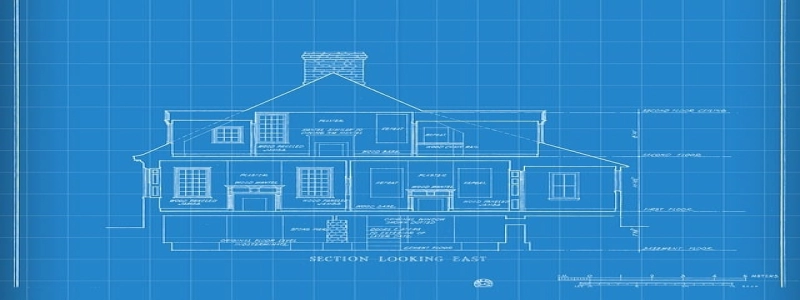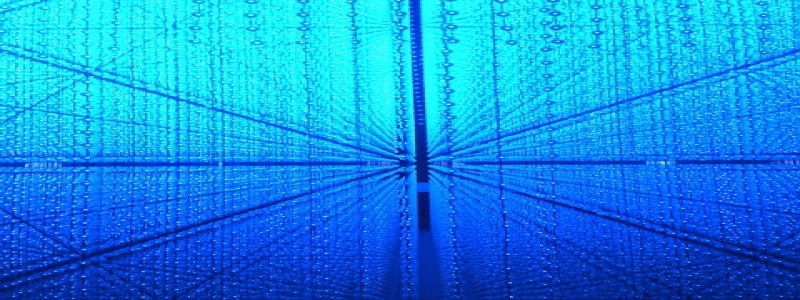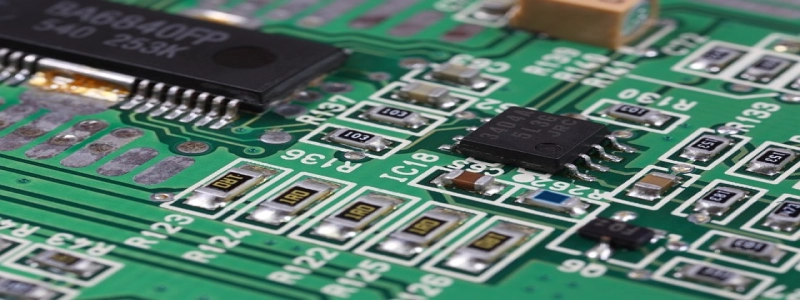Ethernet Passive Optical Network (EPON)
I. Introduction
A. Definition
B. History
II. Architecture of EPON
A. Optical Line Terminal (OLT)
B. Optical Distribution Network (ODN)
C. Optical Network Unit (ONU)
III. Advantages of EPON
A. Higher bandwidth
B. Extended reach
C. Lower costs
IV. Components of EPON
A. PON standards
B. Optical fiber cables
C. Fiber connectors
V. Working Principle of EPON
A. Downstream transmission
B. Upstream transmission
C. Framing and synchronization
VI. Applications of EPON
A. Broadband access
B. IPTV and video streaming
C. Enterprise networks
VII. Future Trends of EPON
A. 10G EPON
B. Wavelength-Division Multiplexing (WDM) EPON
C. Integration with 5G networks
VIII. Conclusion
I. Introduction
Ethernet Passive Optical Network (EPON) is a telecommunications technology that enables the delivery of high-speed data, voice, and video services over a fiber optic network. It is a cost-effective solution that combines the simplicity of Ethernet with the high bandwidth and extended reach of PONs.
II. Architecture of EPON
EPON consists of three main components: the Optical Line Terminal (OLT), the Optical Distribution Network (ODN), and the Optical Network Unit (ONU). The OLT acts as the central point of control and manages the data transmission between the ODN and the ONUs.
III. Advantages of EPON
EPON offers several advantages over traditional copper-based networks. Firstly, it provides higher bandwidth, allowing for faster data transfer rates and improved network performance. Secondly, EPON has an extended reach, enabling the deployment of networks in areas where copper cables might be limited. Finally, EPON has lower costs as it requires less cabling and equipment compared to other networking technologies.
IV. Components of EPON
EPON follows various PON standards, such as IEEE 802.3ah and ITU-T G.984. These standards ensure compatibility and interoperability between different EPON components. The network utilizes optical fiber cables for transmitting data over long distances, and fiber connectors ensure reliable connections between the cables and the OLT, ODN, and ONUs.
V. Working Principle of EPON
In EPON, data is transmitted in both downstream and upstream directions. In the downstream transmission, the OLT sends data packets to the ONUs, while in the upstream transmission, the ONUs transmit data back to the OLT. Framing and synchronization techniques ensure that the data is transmitted accurately and efficiently.
VI. Applications of EPON
EPON has a wide range of applications. It is commonly used for broadband access, providing high-speed internet connections to homes and businesses. EPON is also utilized for IPTV and video streaming services, delivering high-quality multimedia content to users. Additionally, EPON is deployed in enterprise networks, ensuring reliable and secure data transmission in corporate environments.
VII. Future Trends of EPON
The future of EPON looks promising with the introduction of 10G EPON, which offers even higher data transfer rates. Wavelength-Division Multiplexing (WDM) EPON is another upcoming trend, allowing multiple wavelengths to be transmitted over a single fiber, further increasing bandwidth capacity. Furthermore, the integration of EPON with 5G networks is being explored for enhanced connectivity and network performance.
VIII. Conclusion
Ethernet Passive Optical Network (EPON) is a versatile and cost-effective networking solution that combines the benefits of Ethernet technology with the advantages of passive optical networks. With higher bandwidth, extended reach, and lower costs, EPON is widely used in various applications and continues to evolve with the introduction of new technologies.








